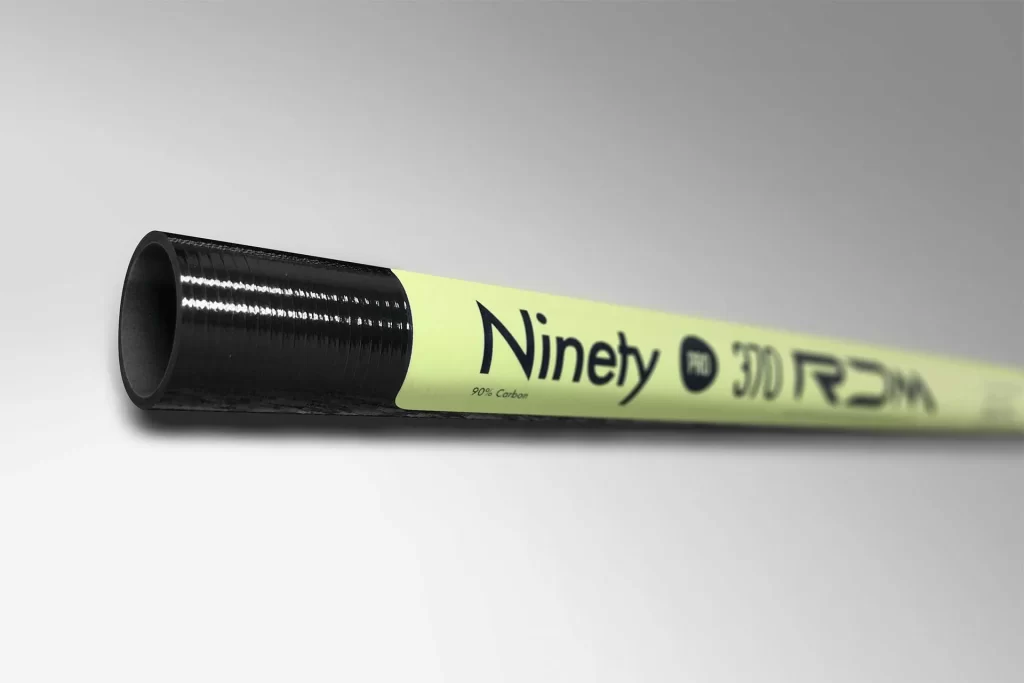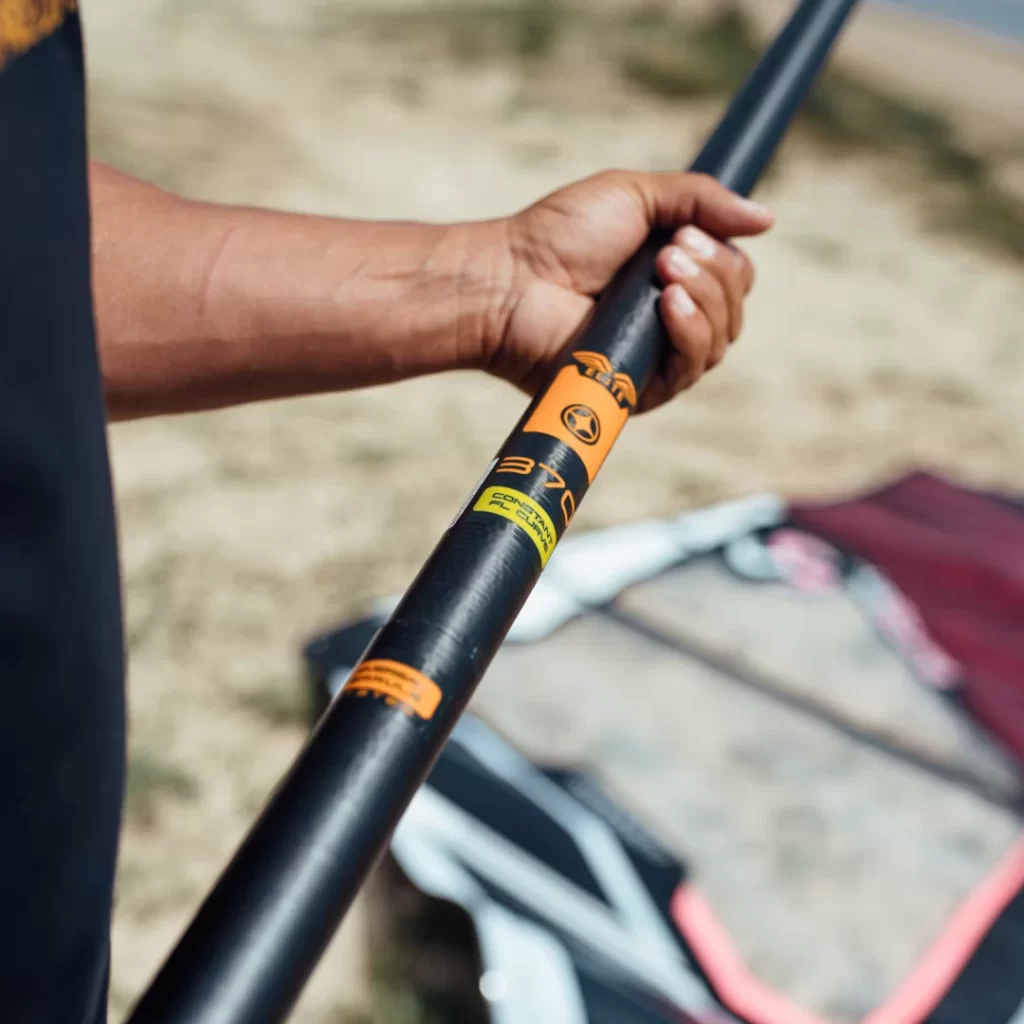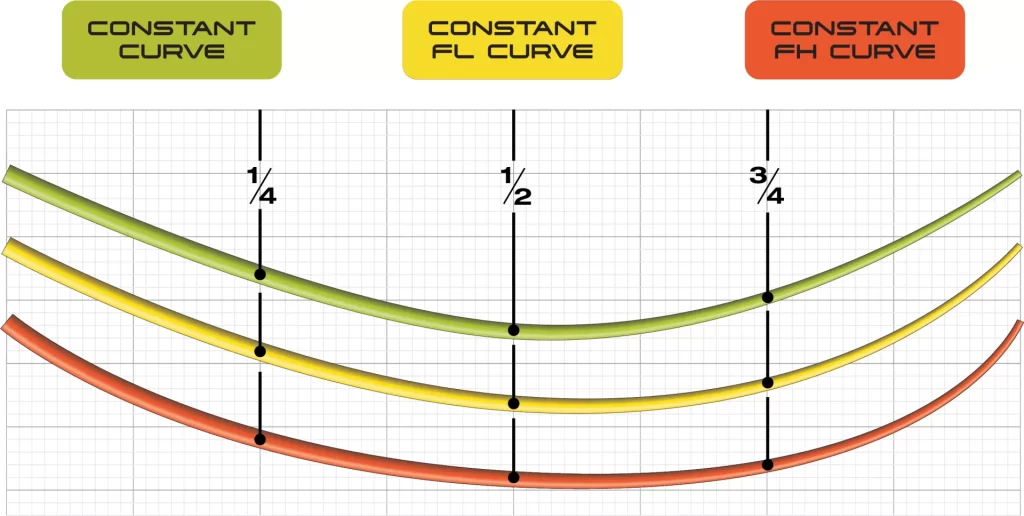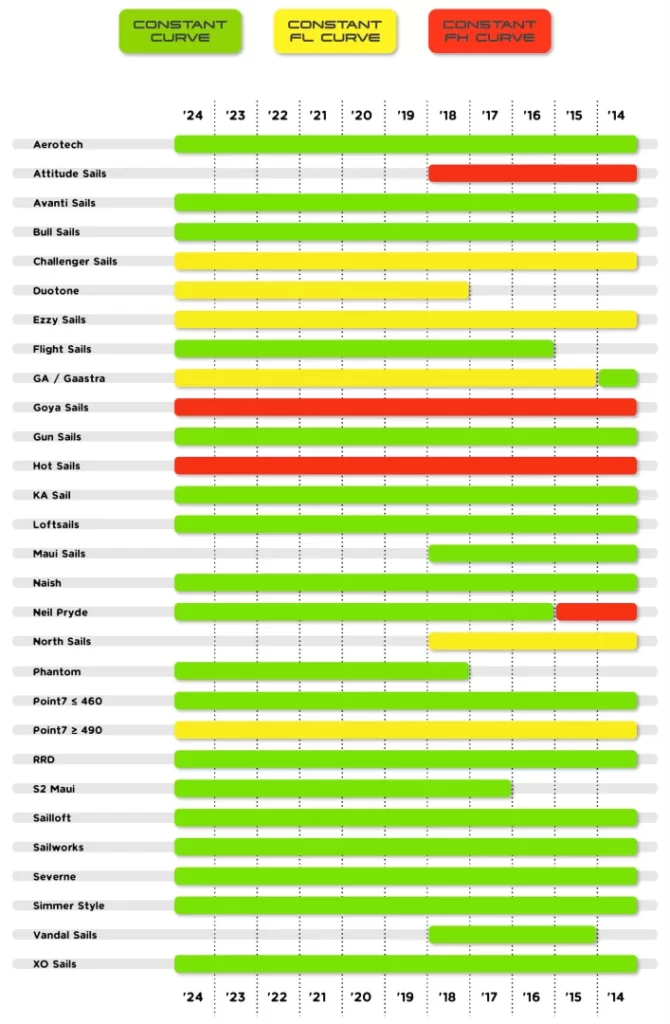The Windsurfing Mast
A windsurfing mast isn’t just a stick that holds up the sail; it’s a carefully engineered component that’s crucial to the way your board feels and performs on the water. Its design determines the dynamic between sailor, sail, and the sea. Here’s an in-depth understanding of masts that will help you master your rig’s potential.

Mast Diameter: Diameters define the mast’s basic character:
- Standard Diameter Masts (SDM): These masts are broader, translating to a firmer, more immediate reaction ideal for power-focused disciplines like freeride and racing.
- Reduced Diameter Masts (RDM): Slimmer and more bendable, they provide resilience against snaps and shocks, making them the go-to for wave shredding and some aspects of freestyle.
Carbon Content: The Core of Performance Carbon levels orchestrate the rig’s agility and tenacity:
- High Carbon (>90%): The epitome of performance masts, they are incredibly light and responsive—paramount for competitive windsurfers where every fraction of a second counts.
- Medium Carbon (40-90%): They strike an equilibrium between vigour and durability without breaking the bank. These masts appeal to intermediate windsurfers who need reliable gear that can handle diverse conditions.
- Entry-Level Carbon (<40%) or Epoxy: These are the workhorses of the windsurfing world, heavier and often more forgiving. They’re an excellent choice for beginners or heavy-duty use where gear might take a beating.

Bend Curve: Sculpting the Sail’s Profile Essential for shaping the sail’s architecture and the rig’s overall behavior:
- Constant Curve: Renowned for its adaptability (Base: 62.5%, Top: 76%), this mast suits a broad spectrum of sail designs, making it the ideal choice for windsurfers who use sails from different manufacturers.
- Constant FL Curve: It’s evolutionary, building on the classic “flex top” with added suppleness in the mast’s center (Base: 62%, Top: 77%), which fine-tunes the power distribution for a softer, more accommodating feel.
- Constant FH Curve: This design tweaks the “flex top” concept by shifting flexibility towards the top (Base: 64% for RDM, 63% for SDM; Top: 79% for RDM, 78% for SDM), favoring sailors who demand a more reactive rig when riding the wind’s edge.

Stiffness (IMCS): Benchmarking Rigidity A numerical system gauging the mast’s stiffness and how it transfers the energy from the wind into sail power:
- Low IMCS Numbers (12-15): These masts will feel springier, making them beneficial in low-wind situations or for lighter sailors.
- Medium IMCS Numbers (16-25): Offering a middle ground, they’re versatile and conform to a wide range of scenarios, from gusty lakes to coastal breezes.
- High IMCS Numbers (26-30+): Such masts stand firm in roaring conditions, grant precision, and maintain stability for high-speed maneuvers, essential for heavier surfers and speed demons.
Matching Your Mast to Your Sail: A Short Guide
To perfectly match your mast to your sail, you’ll need to consider several factors:
- Mast Length: Choose a mast length that matches the recommended length for your sail. Using a mast that’s too short or too long will significantly alter the sail’s shape and performance.
- Mast Bend Curve: Select a mast with a bend curve that complements the design of your sail. Refer to the sail manufacturer’s specifications to ensure compatibility. Remember, a mismatch here can affect rig control and power delivery.
- Mast IMCS Rating: Align the mast stiffness (IMCS) with the sail’s requirements. A mismatch in stiffness alters the sail’s designed profile and how it reacts to wind pressure.
- Manufacturer Recommendations: Many sailmakers provide specific mast recommendations for each sail model. Adhering to these suggestions is often the safest route to achieving optimal performance.

Remember, the sail and mast work together as a cohesive unit. The right combination will translate the wind’s energy efficiently, providing you with the thrust to glide across the water with stability and speed. Whether you’re a weekend warrior, a freestyle artist, or a seasoned racer chasing the podium, understanding and selecting the correct mast is pivotal in the quest for windsurfing excellence. If this process seems daunting, don’t hesitate to reach out for professional input to make an informed decision.
want learn more? click here
Not sure about the size you need? Interested in fine-tuning your gear? Reach out for customized advice on windsurfing equipment and styles to enhance your experience!
